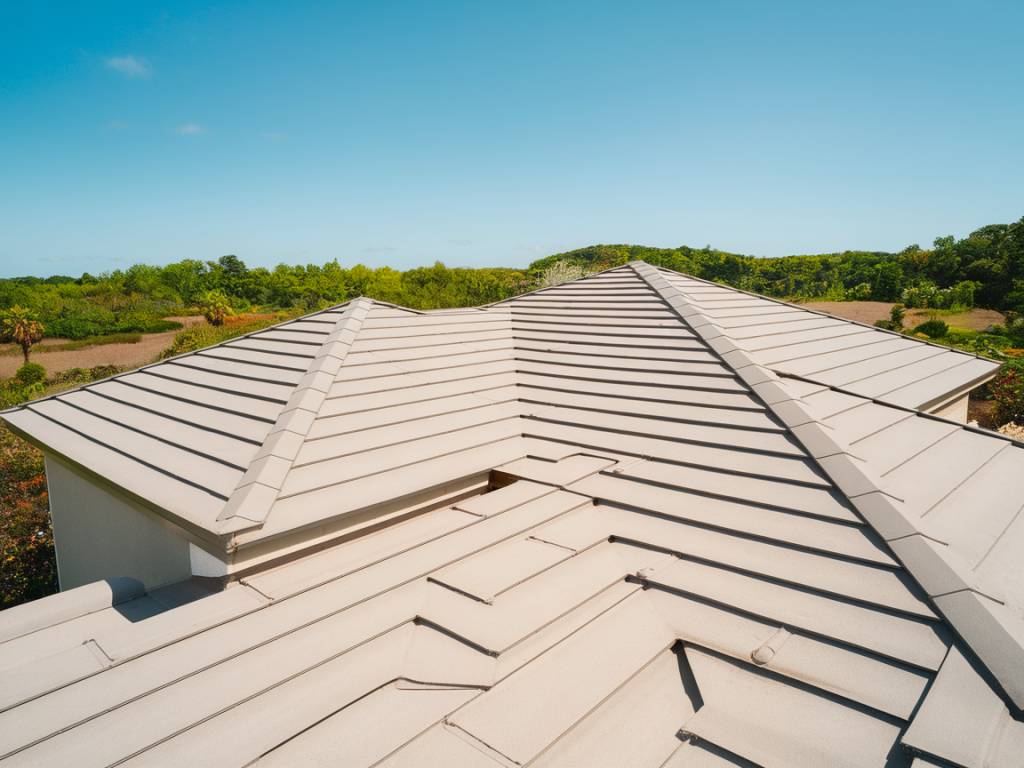
Why Create a Sauna at Home?
Have you ever dreamt of having a spa-like retreat without leaving the comfort of your home? A sauna offers more than just luxury—it’s a sanctuary for relaxation, improved health, and mental well-being. In our fast-paced lives, creating a space to unwind isn’t just a treat; it’s a necessity. Surprisingly, setting up a home sauna is easier and more attainable than you might think.
Whether you’re looking to sweat out toxins, ease muscle tension, or simply indulge in quiet moments of serenity, having your own sauna creates an oasis of calm tailored just for you. Let’s dive into the practicalities of bringing this slice of bliss to your doorstep.
Types of Home Saunas to Consider
Not all saunas are created equal, and the type you choose will depend on your preferences, budget, and available space. Here are the most common options:
- Traditional Finnish Sauna: Known for high temperatures and dry heat, these saunas use a wood-burning or electric stove and can reach temperatures of 80–100°C. Perfect for those who want the « classic » sauna experience.
- Infrared Sauna: A great option for smaller spaces, infrared saunas use light to generate heat, warming your body directly rather than heating the air. They operate at lower temperatures, typically between 45–65°C, making them more accessible for longer sessions.
- Steam Sauna: These combine heat and humidity, creating a steamy environment that’s gentle on the respiratory system. Ideal if you love moist heat over dry air.
- Portable Sauna Tents: If you’re limited on space or commitment, portable saunas are budget-friendly and easy to set up temporarily in your home. These typically use electrical heating pads or steam generators.
Each of these options comes with its own set of pros and cons, so it’s about matching the sauna to your specific needs.
Where Should You Set Up Your Sauna?
The beauty of a home sauna is its versatility. Many homeowners opt to convert an unused corner of their house or garden into this wellness haven. Here are some common locations:
- Bathroom: A popular choice since bathrooms already have moisture-resistant surfaces and ventilation. A smaller infrared or steam sauna can easily fit in a bathroom corner.
- Basement: Basements often provide ample space for traditional or larger saunas. Just ensure proper ventilation and heating considerations.
- Backyard: If you envision a more rustic experience, consider placing a standalone sauna in your garden. There’s nothing quite as magical as stepping into a warm sauna in the middle of a crisp evening.
- Garage: A practical space for many! Just make sure the flooring is suitable, and don’t forget to insulate the area.
Wherever you choose to place it, make sure the area is level, well-ventilated, and resistant to heat and moisture damage.
What You’ll Need for Your Sauna Set-Up
Before rushing to buy the first sauna kit you see, it’s important to gather the essentials. Here’s a quick checklist:
- Sauna Kit: Many companies now offer ready-to-assemble kits, which include walls, benches, a heat source, and insulation. These are perfect for DIY enthusiasts.
- Heat Source: Depending on the type of sauna, this could be a wood stove, infrared heater, or electric sauna heater.
- Proper Ventilation: To avoid moisture build-up and to ensure consistent air circulation.
- Seating: Comfortable, heat-resistant seating such as wooden benches is a must.
- Accessories: Extras like a temperature gauge, sauna stones, water buckets, ladles, and even aromatic oils can enhance your experience.
- Electrical Setup: Make sure your sauna is wired correctly if using an electric or infrared model. Hiring a licensed electrician may be necessary.
It’s wise to plan your set-up carefully and take measurements before purchasing anything. No one wants to struggle with a sauna that doesn’t fit!
DIY vs. Professional Installation
The decision between installing your sauna yourself or hiring a professional boils down to your level of expertise and the complexity of the sauna you’ve chosen.
DIY: For portable saunas or pre-fabricated kits, the assembly process is generally straightforward and can be completed in a weekend. Make sure you follow the instructions carefully and have the correct tools on hand.
Professional Installation: If you’re planning a more custom or permanent sauna, a professional can ensure proper installation, wiring, and structural integrity. While it’s pricier, the peace of mind it provides is invaluable.
Sauna Maintenance Tips
Once your at-home spa is up and running, you’ll want to keep it in top condition. Here are some easy maintenance habits to adopt:
- Clean Regularly: Wipe down benches, walls, and floors after each use to prevent build-up of sweat and bacteria. Use a mild, non-toxic cleaner.
- Ventilate: After each session, leave the door open to allow the sauna to dry out completely.
- Protect Wood: Treat benches and walls with a sauna-safe wood protection product periodically.
- Inspect Components: Check the heater, stones, and electrical wiring periodically to ensure they are functioning properly.
These simple practices will help your sauna remain a relaxing retreat for years to come.
Creating the Perfect Ambiance
A sauna isn’t just about the heat; it’s about the whole experience. To truly elevate your at-home sessions, consider adding elements to create a serene atmosphere.
- Lighting: Soft, dimmable lights can help set the mood. Many people opt for LED strips or Himalayan salt lamps.
- Aromatherapy: Add a few drops of essential oils such as eucalyptus or lavender to your sauna rocks or a diffuser for a calming scent.
- Music: A small Bluetooth speaker can fill your sauna with relaxing tunes or nature sounds. Just make sure it’s suitable for high-temperature environments.
- Comfort Touches: Include items like soft towels, a sauna pillow, or even a refreshing post-sauna herbal tea waiting nearby.
By paying attention to these details, your home sauna will feel less like a DIY project and more like a luxurious spa.
Is a Home Sauna Worth It?
Absolutely. Few home additions offer such a transformative impact on both your physical health and emotional well-being. A home sauna isn’t just an upgrade to your living space—it’s an upgrade to your quality of life.
With careful planning, a bit of investment, and a personal touch, you can create a relaxing retreat that you’ll enjoy for years to come.


